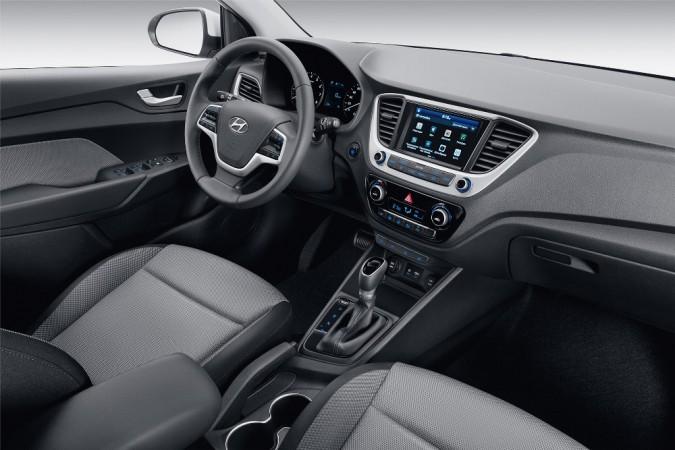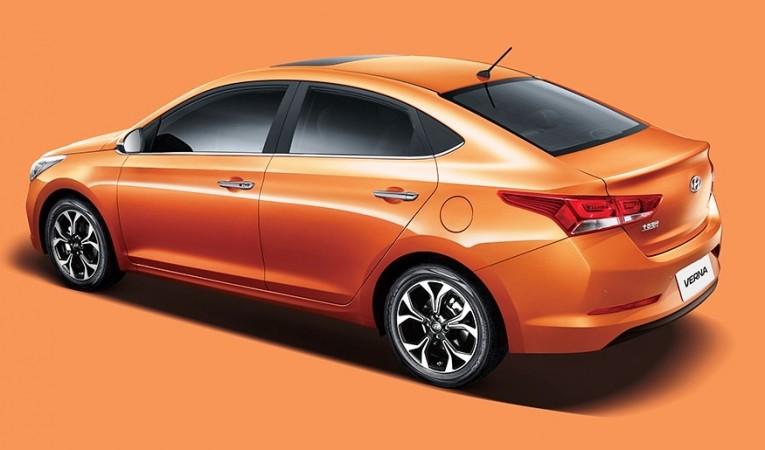South Korean carmaker Hyundai has kick-started the teaser campaign for its upcoming Verna sedan in India ahead of its possible launch in August this year. The company, after teasing the front-end of the new Verna earlier last month, has now released the sketch image of the interior of the model, hinting at an imminent launch.
From the latest image of the cabin teased by the company, the India-spec Verna seems to have the similar design pattern of the model in the international market. The new Verna will get touchscreen infotainment system with features such as Apple CarPlay, Android Auto, voice control and navigation. The cabin of the Verna will be roomier than the current version and is likely to get automatic climate control, all-black upholstery and many more features.
From a visual standpoint, the new Verna is expected to flaunt prominent hexagonal grille at the front with chrome topping. It is expected to get swept-back headlamps with integrated daytime running lights (DRLs). The 2017 Verna is also likely to get changes at the rear including the new taillamps.

In terms of dimension, the new Verna wheelbase will be increased by 10mm at 2,580mm while the overall length will go up by 15mm at 4,385mm. The width of the car will go up by 29mm. The new Verna will be lighter by 10 kg over the outgoing model. On the safety front, expect the sedan to feature ABS (Anti-lock Braking System) with EBD (Electronic Brakeforce Distribution) and dual airbags as standard.

Under the hood, 2017 Verna is likely to carry over the same engines from the current model. The Verna is powered by a 1.4-litre diesel and petrol engines, and 1.6-litre diesel and petrol engines. The 1.4-litre petrol engine develops 104bhp of power while the 1.6-litre petrol version churns out 121bhp. The 1.4-litre diesel produces 89bhp, while the 1.6-litre diesel will belt out 127bhp of power.

Although the prices of the new Verna were expected to be slightly higher than the current model, it now remains to be seen how the company will price the car in the light of GST (Goods and Services). The price of the existing model has gone down post-GST.

















![India Auto Roundup: Maruti Suzuki, Mahindra have exciting launches in November [details here]](https://data1.ibtimes.co.in/en/full/805520/india-auto-roundup-maruti-suzuki-mahindra-have-exciting-launches-november-details-here.jpg?w=220&h=135)